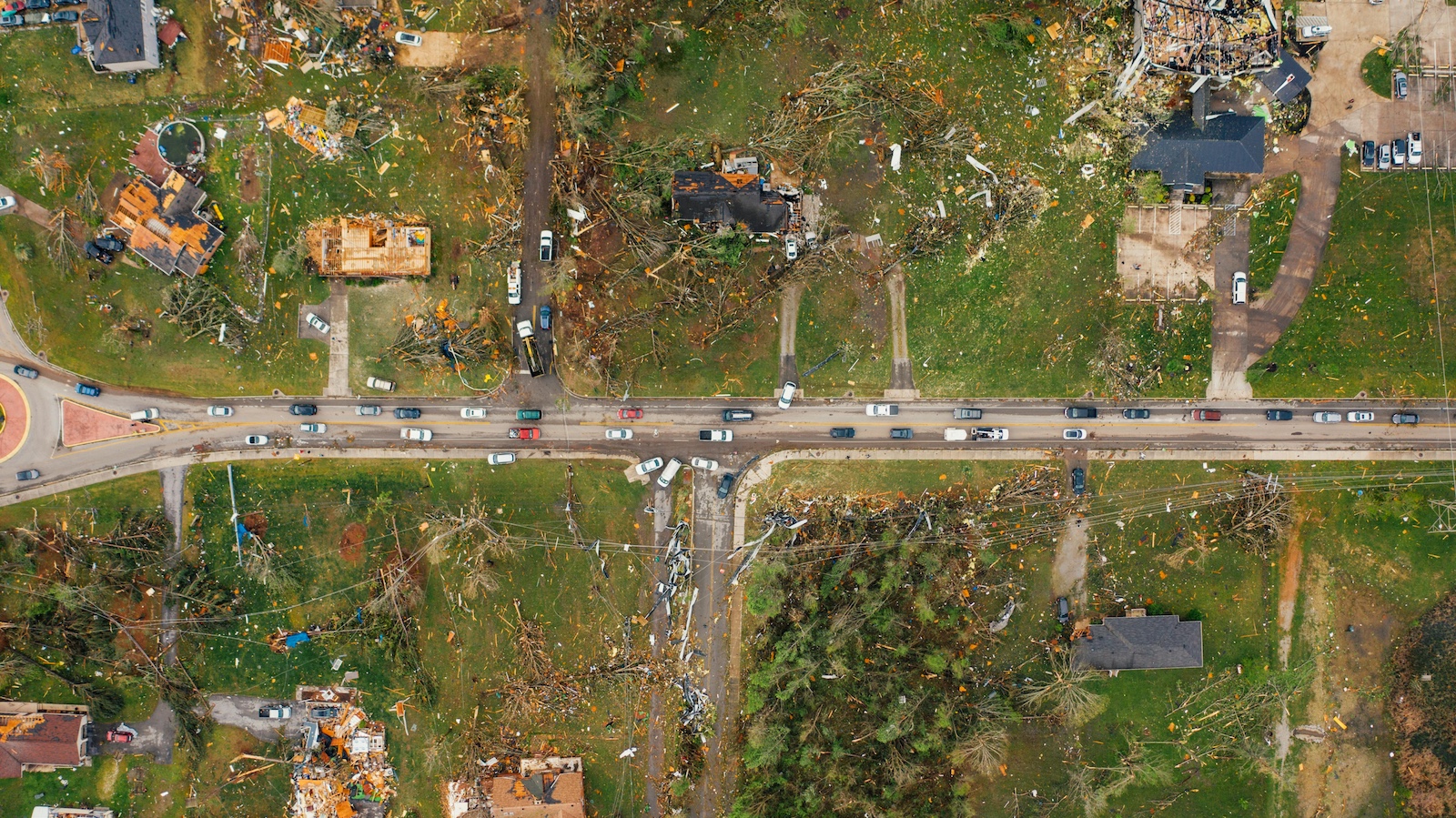Amid the devastation from Hurricane Florence, one hopeful sign emerged: this video from the Weather Channel. The video is so striking that nearly 17 million people have watched it or a slightly longer version on YouTube, but my point isn't that graphics keep getting cooler. It's that the video suggests public authorities and insurers will soon be able to communicate with people in ways that could save many lives.
Think about the efforts to get everyone to evacuate endangered areas before Hurricane Florence and about all those who sloughed off concerns—leading to the need for thousands to be rescued from their homes and to at least 25 deaths thus far. Now imagine if those thinking about staying were confronted by a Weather Channel-like video simulation showing the possible danger to their specific home: how high the waters might rise in the street in front of their house, what trees might fall on it, how impassable the streets might be for the whole neighborhood and so on.
Psychology suggests it would be hard to ignore such a vivid personal threat, and the necessary technology isn't far off.
Google has already mapped and photographed essentially the entire United States, and it isn't that hard to do a mashup of its Street View with video showing the effects of floods. While the Weather Channel video is awfully realistic, as is, the street signs could be shown for your corner, and the generic house and yard in the background could be replaced by yours.
Getting specific data for the possible effects on your house is trickier, but not for long. Based on maps from Google and others, people have access to increasingly good information about elevations for properties. While FEMA has long provided maps showing whether a house was in a flood plain, the elevation in that plain matters a whole bunch—being 10 feet higher or 10 feet lower can make all the difference. Houses not officially in flood plains can also be affected because of low elevations. Some cutting-edge firms, including the folks at Coastal Risk Consulting (whose Albert Slap wrote the article highlighted below on the need for more sophisticated data than FEMA flood maps provide), are getting very specific about the threats to individual properties. They incorporate not just elevations but tides and other data.
Mash a Coastal Risk-like database together with information from the National Weather Service about possible storm paths and rainfall, and you can generate a real-time estimation of the maximum and minimum threats for every property, with probabilities included. Combine that analysis with Street View, and you can show me, very personally, what I might face in a hurricane.
Et voila! A lot of people who would otherwise hang tight will head inland or go to higher ground while there's still time—before they have to be evacuated by boat or helicopter, or perhaps even die.
Think about how grateful a family would be after the storm to the public authorities or insurer that convinced them to leave before their home was inundated.
This sort of simulation represents some of the incredible power that insurtech is unleashing, and, while it wouldn't come close to solving all the problems represented by natural disasters, would sure be a nice start.
Have a great week.
Paul Carroll
Editor-in-Chief








